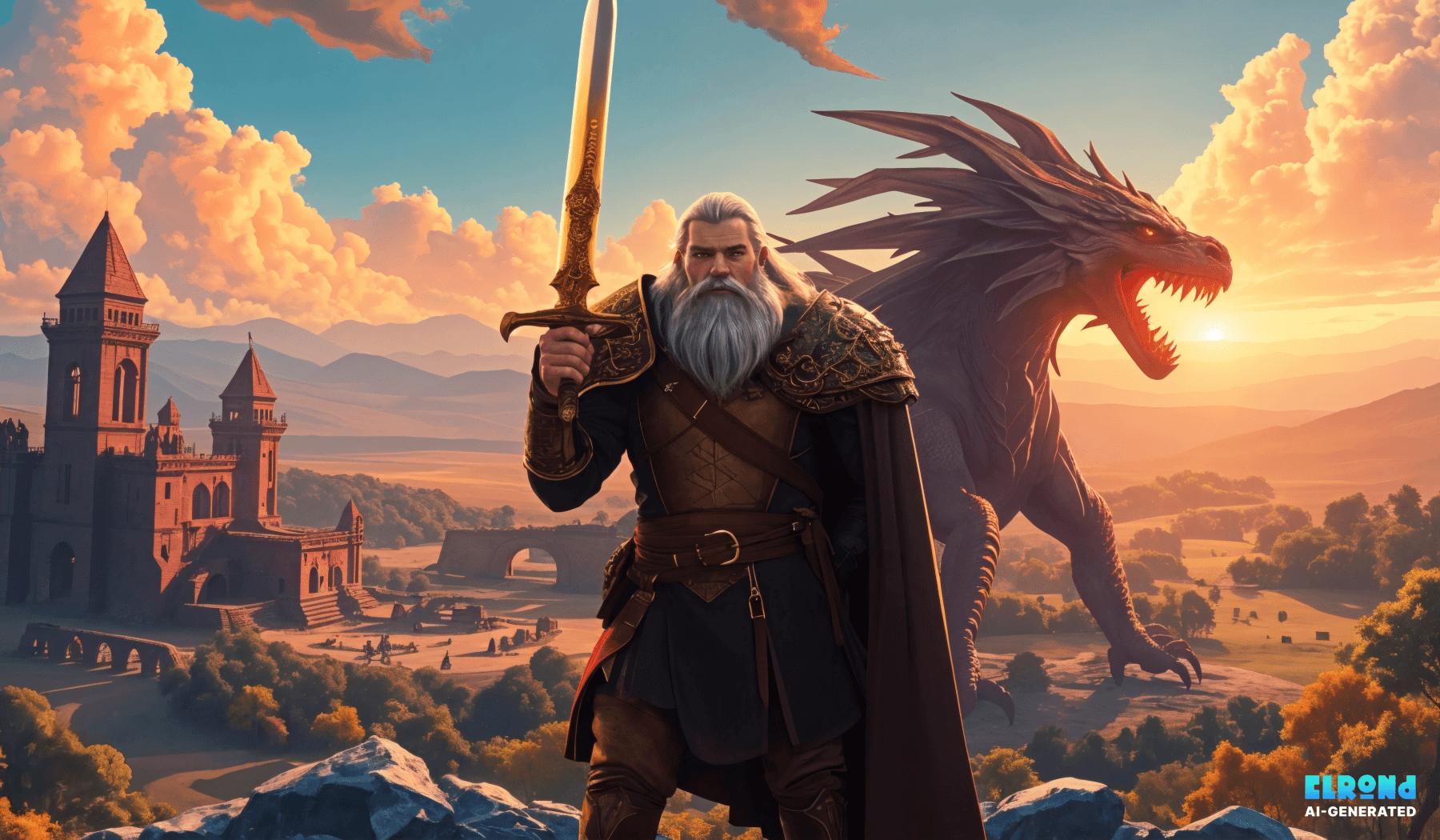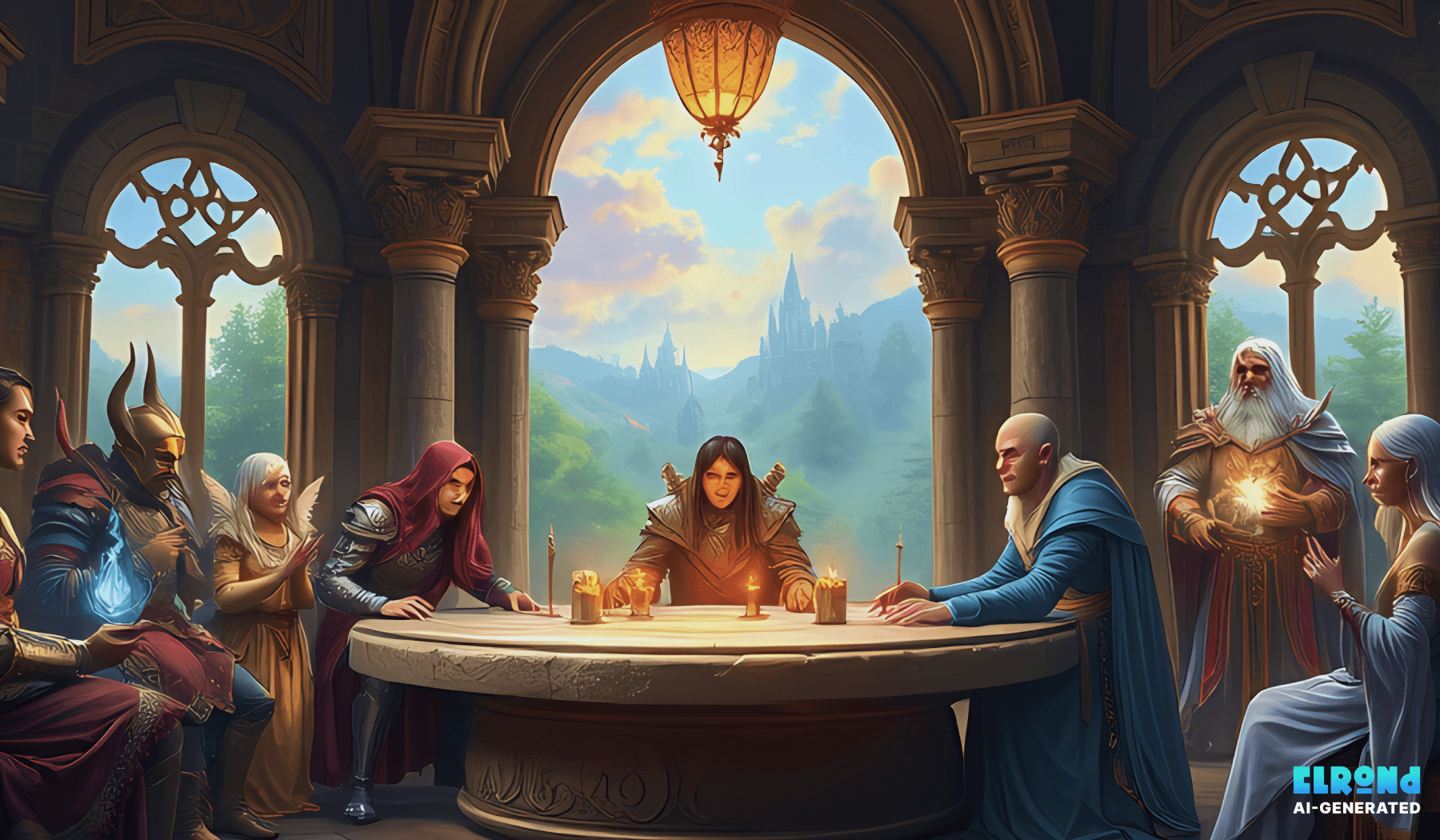Explore the enduring legacy of Sword & Sorcery and how the genre is evolving, bringing classic tropes into new and exciting realms.
What is Sword & Sorcery?
Sword & Sorcery is a subgenre of fantasy that emphasizes action-packed adventures, personal stakes, and vivid, often brutal, battles. Unlike epic fantasy, which focuses on world-shaping events and larger-than-life battles, Sword & Sorcery typically follows individual heroes or antiheroes facing immediate and personal conflicts.
“In Sword & Sorcery, the sword may be sharp, but the sorcery is always second to the hero’s strength, cunning, and will.”
Characters in these stories are often rogue warriors, mercenaries, or adventurers, and the stakes usually involve personal survival, revenge, or treasure. The genre’s roots stretch back to the works of Robert E. Howard’s Conan the Barbarian and Fritz Leiber’s Fafhrd and the Gray Mouser.
The Evolution of Sword & Sorcery: From Classics to Modern Twists
Though it emerged in the early 20th century, Sword & Sorcery continues to evolve, drawing influences from diverse cultures and incorporating fresh themes. Today’s stories often blend traditional elements with modern concerns, from social justice to psychological depth.
Key Developments in Sword & Sorcery:
More Complex Protagonists: While classic heroes like Conan were often driven by brute strength and simple motives, modern characters are morally gray, exploring the consequences of their actions.
Example: The Broken Empire series by Mark Lawrence follows a deeply flawed antihero, Prince Jorg Ancrath, whose dark motivations and complex psyche drive the narrative.
Expanded Worlds: The genre, once limited to medieval settings, now spans a wide array of worlds, from post-apocalyptic landscapes to high-tech fantasy realms.
Example: The City of Stairs by Robert Jackson Bennett blends urban fantasy with gritty intrigue, where a post-colonial city battles both political and supernatural forces.
Diverse Voices and Settings: Sword & Sorcery has begun to diversify, incorporating a broader range of cultural perspectives and settings.
The Role of Magic in Sword & Sorcery
While magic plays a prominent role in many fantasy genres, Sword & Sorcery typically treats it as a tool rather than the central focus. Magic in these stories is often dangerous, mysterious, and its practitioners are often seen as outsiders or renegades.
The Relationship Between Magic and Heroism:
Rare and Dangerous: Sorcery is often considered rare, difficult, and potentially corrupting.
Example: In Michael Moorcock's Elric of Melnibone, the protagonist uses powerful, dangerous magic but struggles with its corruptive influence.
A Tool for Survival: Magic, when it does appear, is often a secondary means of solving problems, with the hero relying more on physical prowess and cleverness.
Themes That Persist in Sword & Sorcery
Despite the genre’s evolving nature, certain themes remain central to its stories. These include the struggle between good and evil, personal redemption, and the desire for freedom.
Enduring Themes in Sword & Sorcery:
Power and Corruption: Heroes often face the temptation of great power, and the moral consequences of wielding such strength.
Survival and Freedom: Characters in Sword & Sorcery stories are often independent, rogue figures fighting for their own survival, freedom, or revenge.
Personal Honor: The concept of honor, both personal and social, is often central to the protagonist’s motivations, even in a morally ambiguous world.
The Future of Sword & Sorcery: What’s Next?
The genre's future looks bright, with new voices continuing to push the boundaries of what Sword & Sorcery can be. As authors explore new formats, mix genres, and tell stories from diverse perspectives, the genre will likely grow in both popularity and diversity.
Future Trends to Watch:
Blending Genres: Expect more hybrid stories that merge Sword & Sorcery with other genres, such as horror, steampunk, or dystopian.
Example: The Black Company series by Glen Cook blends military fantasy with gritty realism, influencing a new generation of writers.
Antiheroes and Moral Complexity: As readers demand more complex characters, expect antiheroes and morally ambiguous protagonists to dominate the genre.
Cultural Reimagining: The genre is likely to continue diversifying, bringing in mythologies and storytelling traditions from non-Western cultures, expanding the genre’s richness.
Sword & Sorcery may have begun with tales of muscle-bound warriors and simple quests, but it has evolved into a genre that captures the complexities of the human experience. From intimate personal stories to epic adventures, Sword & Sorcery remains a vital part of the fantasy landscape.


